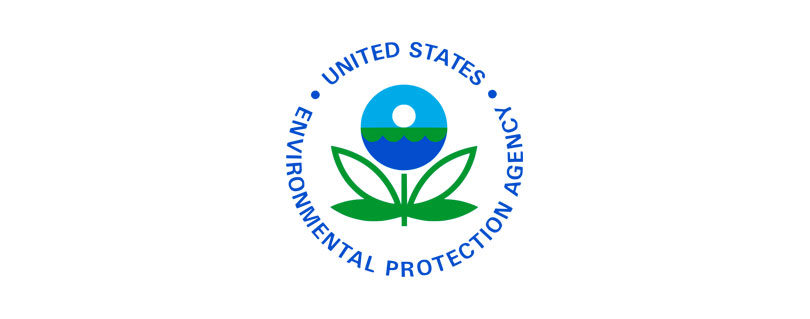EPA Will Hold Virtual Community “Coffee and Chat” Sessions on the Olin Chemical Superfund Site in Wilmington, Mass.
Publilshed by the U.S. Environmental Protection Agency (EPA)
BOSTON – The U.S. Environmental Protection Agency (EPA) will hold two virtual community events – “Coffee and Chat” sessions – for the Olin Chemical Superfund Site. The informal discussions are an opportunity for community members to interact with project staff and ask questions about the site from representatives from EPA and Massachusetts Dept. of Environmental Protection (MassDEP).
What: Olin Chemical Superfund Site Virtual Chat Sessions
When: Coffee and Chat Session No. 1 – Tues. May 2, 2023 from 6:30 p.m. – 7:30 p.m.
Coffee and Chat Session No. 2 – Wed. May 3, 2023 from 12:00 p.m. – 1:00 p.m.
Where: Virtual, using the Microsoft Teams platform
Registration: To receive a link to attend one of the sessions, register with Eventbrite at https://www.eventbrite.com/e/615107893267
For more information about these events, please contact:
Charlotte Gray, EPA’s Community Involvement Coordinator
gray.charlotte@epa.gov or (617) 918-1243
Closed captioning will be provided. If additional accommodations are necessary, please contact EPA by May 1st to EPA. More information on the Site can be found below or by going to www.epa.gov/superfund/olin.
Background:
The Site is comprised of the Olin property, an approximately 50-acre parcel located at 51 Eames Street in Wilmington, and the surrounding areas where contamination has migrated.
Chemical manufacturing by a series of owners and operators began at the Site in 1953 and continued until 1986. The facility was used to produce blowing agents, stabilizers, antioxidants, and other specialized chemicals for the rubber and plastics industry. Prior to the early 1970s, chemicals were discharged into several unlined pits and ponds in the central portion of the property, and later even when lined lagoons were used, leaks in the liners resulted in additional releases of fluids. The wastes percolated into the soil or overflowed into streams. As the liquid materials moved downward through the soil, they reached the groundwater table – because the liquids were denser than water, they continued to sink downward, pooling in a series of cascading depressions on the bedrock surface.
Ultimately, contaminated groundwater migrated nearly a mile to the north and northwest of the property and resulted in the Town of Wilmington placing its municipal drinking water supply wells in the Maple Meadow Brook aquifer off-line due to contamination from the Site.
EPA added the Site to the Superfund program’s National Priorities List in April 2006. The cleanup plan for the Site (Record of Decision or ROD) was selected by EPA in March 2021 and includes interim actions to remove ongoing sources of contamination in groundwater and final cleanup actions for addressing contaminated soil, sediments, and surface water at the Site:
- Construction and operation of new groundwater extraction and treatment systems.
- Capture and treatment of oily waste and contaminated groundwater that flows into surface water by construction and operation of new multi-phase extraction and treatment systems.
- Construction and maintenance of caps and cover systems on areas of soil contamination, including an impermeable cap over the feature on the Olin property known as the “Containment Area.”
- Remediation and restoration of contaminated wetlands.
- Long-term monitoring and land use controls.
EPA and the Massachusetts Department of Environmental Protection (MassDEP) continue negotiations with the Potentially Responsible Parties (PRPs) for the Site, with the goal of reaching an agreement (a Consent Decree) to conduct or finance the cleanup actions selected in EPA’s March 2021 ROD.
In parallel to the cleanup, studies are ongoing to improve the characterization of the bedrock and further define the extent of groundwater contamination. These studies will be used to evaluate long-term groundwater remedial alternatives, leading to the selection in the future of a final cleanup plan for groundwater. In the near term, these aquifer surveys will be helpful in identifying the best places to locate groundwater extraction wells for the selected cleanup.
For more information on EPA’s investigation and cleanup of the Olin Chemical Superfund Site, visit https://www.epa.gov/superfund/olin.
# # #
Read the full article at: https://www.epa.gov/newsreleases/epa-will-hold-virtual-community-coffee-and-chat-sessions-olin-chemical-superfund-site


